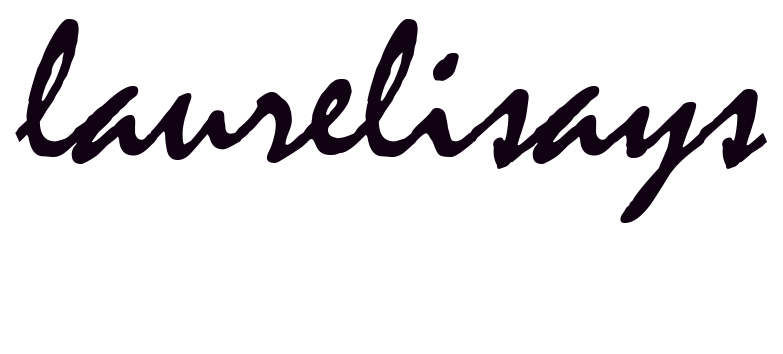And just like that, the sweetness of summer is upon us. It’s only February, but the first rose has not only budded but also bloomed. Canadian poet Robert Kroetsch, in his poem “Seed Catalogue,” writes, Then it was spring. Or, no: then winter was ending, speaking of the harsh, long winters of the Canadian north that tend to make the other seasons seem like distant illusions, a colder climate’s mirage. But for those of us tucked into the shorelines of the West Coast, glimpses of the warmer seasons linger year-round — green grassy patches refrain from turning golden with the leaves, flowers continually poke their petals above ground searching for the warmth of the sun, and the sea still moves with the moon avoiding winter’s frozen curse cz-lekarna.com.
For weeks now, I have been gathering seeds and bulbs, collecting pots and planters, and dreaming up this summer’s garden. Reading Kroetsch’s poem amidst this collecting and conjuring has had me pondering the questions he sets out: How do you grow a poet? How do you grow a past? How do you grow a garden? For me, all of these questions resonate. The creation of a beautiful life is the aim, and language, natural spaces, and memories with those I love and adore most are the “things” with which I want to fill it. Poet Mary Oliver offers these instructions for living a life:
Pay attention. Be astonished. Tell about it.
And that is just what laurelisays will attempt to do — be a space for sharing the wonder and magic of the everyday, provide a glimpse into the creation of a life well loved, and connect with others — you, I hope! — sharing language, our days, and our most beloved moments, creations, and spaces with one another.
And so, just like that, let’s begin.

